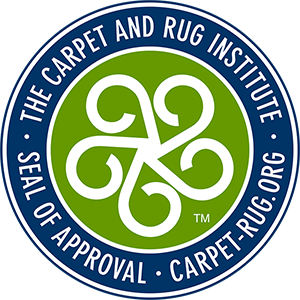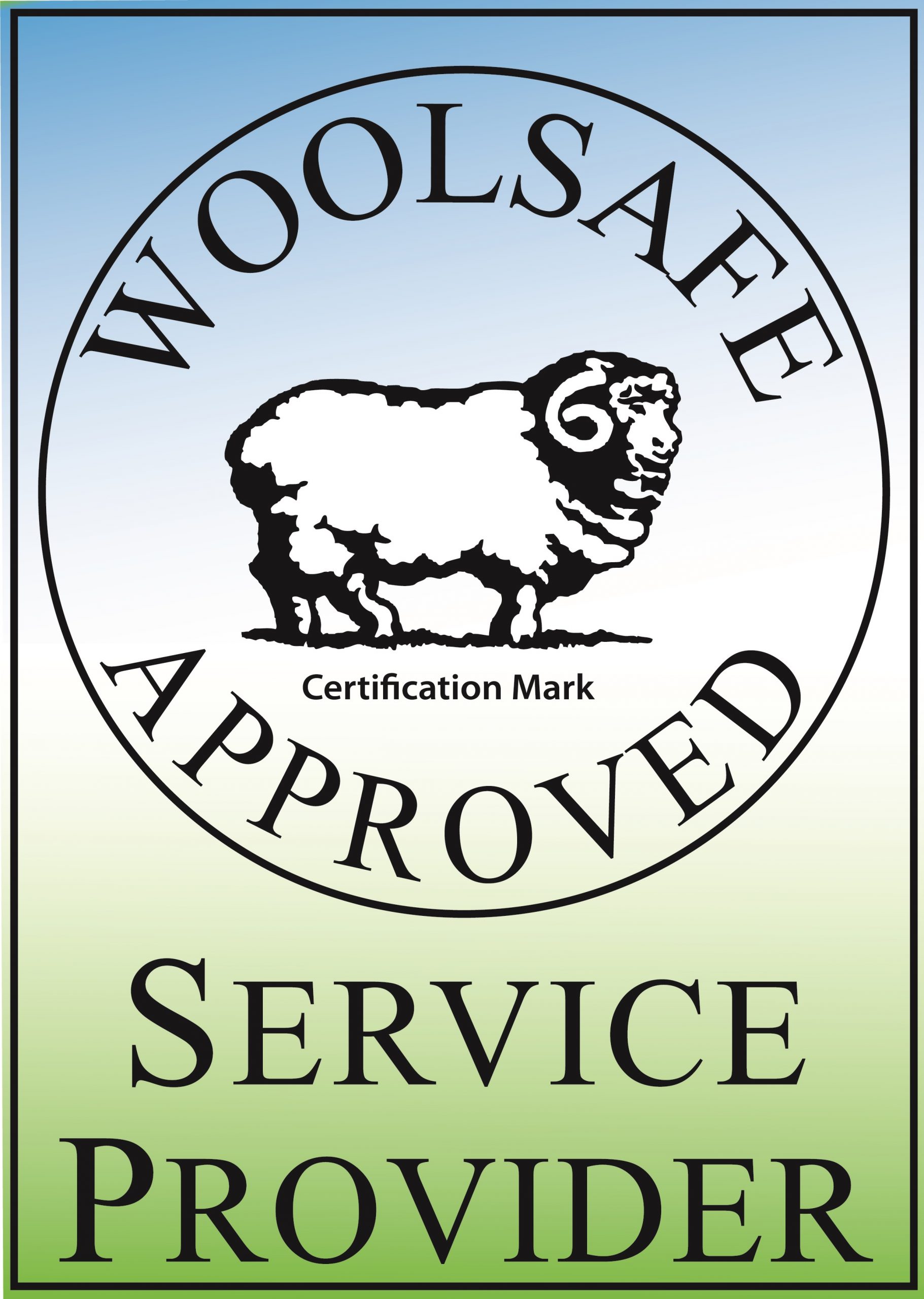How Persian Wool Rugs Are Made

Hand-made rugs have a certain built-in value that ranks them above machine-made products. Hand-made labor is more costly and carries with it a certain expectation of care and quality. Hand-made rugs involve an endless series of choices and decisions, minor twists and turns, that collectively give the piece its personality and presence, something that the finest machine made carpet lacks.
The materials that go into a rug are as important as the design and workmanship. These materials contribute enormously to the overall impression of the rug – its color, texture, tactile feel, and above all its durability.
Wool is the most common material used in making hand-knotted rugs. It comes primarily from sheep, although goat hair can also be used. Wool quality can vary enormously. Some wool is soft and lustrous, with a silky sheen that is enlivened by proper illumination. Some wools are dull and un-reflective but those that are more lustrous are generally moist or lanolin-rich. Lanolin rich wool is far healthier and more durable than those that are dry.
One of the most important choices weavers make is the quality of the wools they use. It affects the cost and value of a rug, as well as its ability to stand up to use. Fine wool comes from the neck and belly of the sheep, like Angora, or, in the case of Indian Pashmina, from the downy layer close to the skin of the animal. Wool may also be used for the foundation of the rug as well as for the pile or facing.
Techniques & Construction of hand-knotted rugs
The processing of the raw materials and the way that rugs are woven have an enormous effect on their quality, durability and value.
To help illustrate the labor of love involved in making a fine Oriental rug please enjoy the following videos illustrating where wool comes from, the shearing and hand dyeing processes, preparing the wool for rug making and finally the weaving process.
Step 1 – Selecting the Best Wool for Shearing
Well before shearing, the best sheep are isolated from the flock for better foddering. Wool of poorly fed sheep lacks fat and sheen and is always dull. Also, often before shearing, sheep are passed through a river several times to clean the wool.
Shearing doesn’t hurt a sheep. It’s just like getting a haircut. The wool is removed by following an efficient set of movements. The shearer begins by removing the coarse wool over the sheep’s belly, which is separated from the main fleece while the sheep is still being shorn. A good shearer typically removes a fleece in 15 minutes, depending on the size and condition of the sheep. For a medium sized rug the wool from a few sheep are needed. The sheep’s wool will regrow within 12-16 weeks and are usually sheared twice a year.
Step 2 – Wool Dyeing Process
The wool or silk is treated and dyed prior to the rug knotting process. Natural dyes often provide a more muted and natural, palette. Rugs using chrome (chemical) dyes can be brighter, more vivid and lively than their plant and vegetable counterparts. It really depends on the look you are trying to achieve.
In natural dyes the most commonly used vegetable dyes are indigo (originally obtained by extracting and fermenting the leaves of the indigo plant and used to dye wool blue), madder (produced by boiling the dried, chunked root of the madder plant in the dye pot to produce a red colour), and larkspur (produced by boiling the crushed leaves, stems, and flowers of the larkspur plant). These dyes produce dark navy blue, dark rusty-red and muted gold. Expensive Saffron flower is used to create rare shades of yellow.
Step 3 – Wool Rug Design Process
Before knotting, the rug is designed by hand by a skilled artist. City rugs are produced from detailed design plates or cartoons, a life-sized paint by numbers showing which color of wool to use for each knot.
Country and village rugs may use this method to create standard designs however many of these pieces are created from the imagination of the weaver. For this reason tribal and country rugs have more “errors” than their city counterparts, these of course are an indication of authenticity and some collectors prefer the raw art form of tribal rugs to the more uniform appeal of city items.
Step 4 – Rug Weaving Process
The weaving is started from the bottom of the loom. First the kilim part (flat woven part) is woven at the lower edge. The weaver takes a piece of wool or silk to form a knot on two warps corresponding with the designs and colors in the picture. Then she cuts the surplus wool with a hooked knife.
A carpet measuring approximately 5 by 8 feet can have up to 1 million knots (Shirvan and Kuba types) and represents about six to nine months of weaving (two weavers). This does not include shearing, washing, sorting, carding, spinning and dyeing the wool, set-up time, fringe weaving and the final washing and drying.
Working on a loom that, typically, is a major feature of a single room containing a wood stove, kitchen utensils and a stack of sleeping mats, a weaver can tie about 5000 knots in an uninterrupted eight-hour day. Traditionally weaver women work together, seated side by side before the loom creating beautiful works of art.
Step 5 – Shaving and Washing of Wool Rug
After the end of weaving process the weaver will cut the warp to remove the rug from the loom. The rug is then given to a shearer to shave the wool to reduce the length of the pile. Depending on the rug, the shearer will decide on the length of the pile. Afterwards, the rug is sent to be washed to remove any dirt or loose fibers, then it is placed in the sun where it is left to dry naturally.
Step 6 – Finishing and Fringing
Finally the rug is placed on a ‘blocking’ device to ensure no shrinkage has occurred during the wash, last minute checks are made as quality control is vital. The rug is then packaged and flown or shipped to showrooms or collectors around the world.



